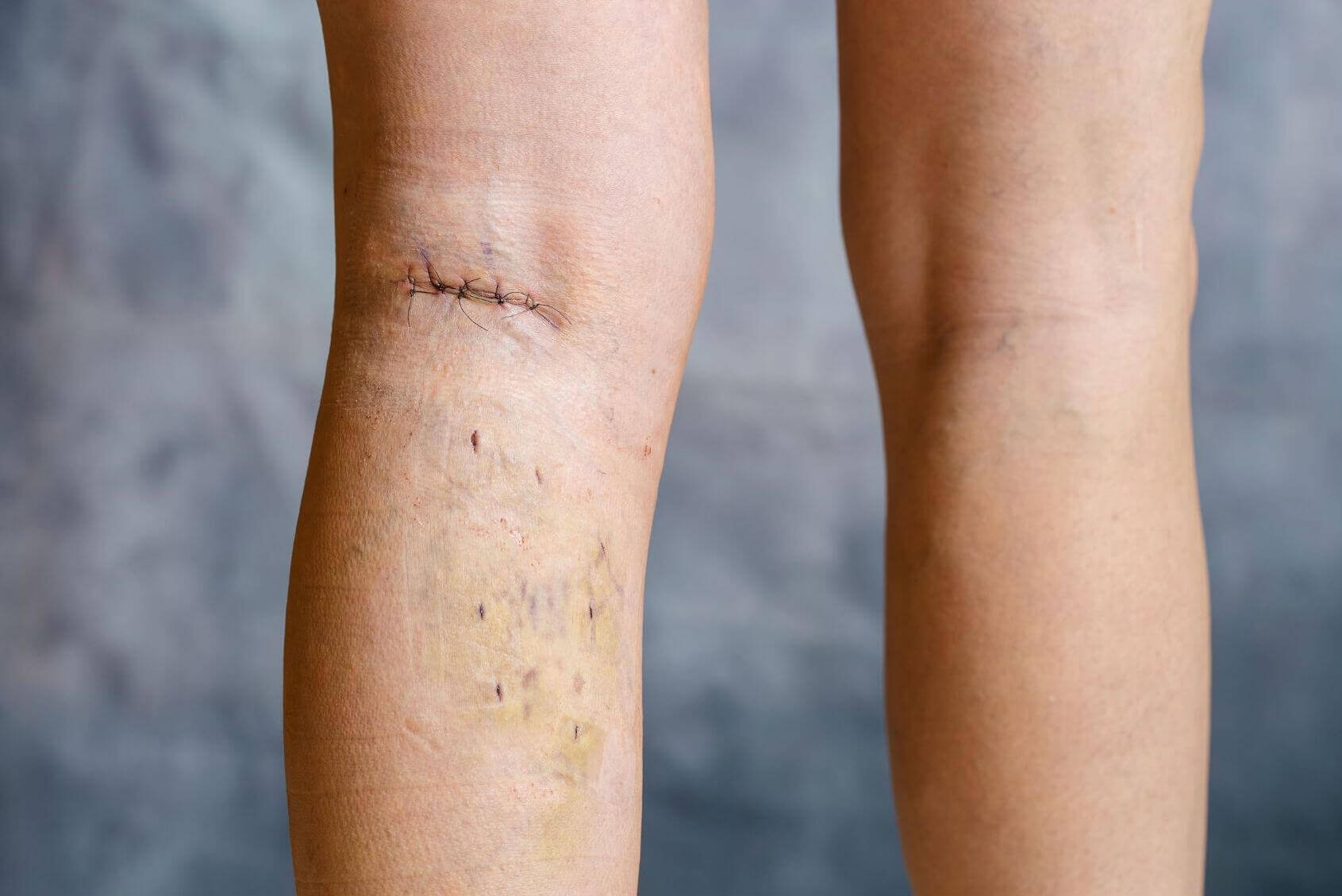
No products in the cart.
FREE SHIPPING ON ORDERS OVER £500
10% off your first order
Welcome to the new Revolve Medicare Website and portal, to begin using the website you will need to sign up and create a new account HERE.
Note: You will need your professional information, certificates, qualification documents and ID. After you have completed the sign up process, your account will be approved within 24 hours, you will receive a notification once approved.
To download the Portal user guide, click HERE.

In the UK, it’s estimated that around a third of people have varicose veins. They are not always immediately visible; however, various symptoms may occur if left untreated.
So, what are the signs and symptoms of varicose veins, and how can you treat your clients if they have them? Find out by reading this blog.
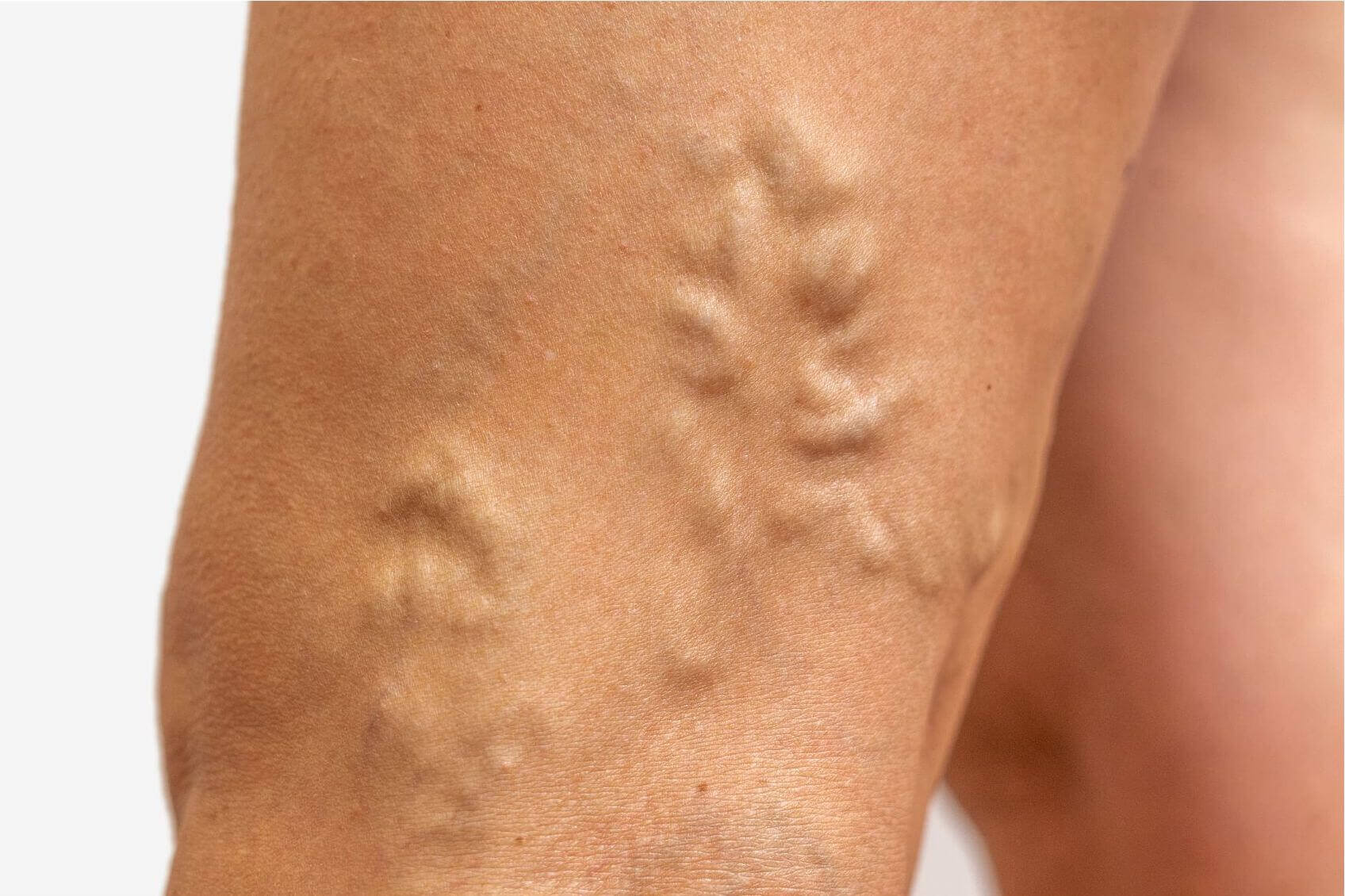
If your client has blue-purple, knobbly, and twisted veins on their legs or feet, they have varicose veins.
Varicose veins can occur in other areas of the body, such as the uterus or oesophagus, but they typically appear on a calf or the inside of a client’s leg.
Their skin may appear lumpy, where the veins are enlarged due to blood pooling in them. Lumpy skin can happen when the valves are damaged, causing blood to flow backwards.
Your client may have developed varicose veins through age or for other various reasons, such as:
Occasionally, varicose veins are caused by other conditions, such as a tumour, blood clot, or abnormal blood vessels. They may also be genetic.
The different types of varicose veins are as follows:
If your client has trunk varicose veins, their veins will be near the surface of their skin and will appear thick and long.
If your client has a network of red-purple veins that don’t bulge but are still apparent, they most likely have reticular varicose veins.
Thread/spider veins are also known as telangiectasia varicose veins. If your client has this type, they will have small clusters of red or blue veins near the surface of their skin.
If your client doesn’t want their varicose veins removed, you could treat them with a laser, known as endovenous laser ablation (EVLA) or endothermal ablation.
However, with old age, a person’s veins can stretch and loosen, worsening the symptoms of varicose veins.
Furthermore, hot weather can exacerbate varicose veins, making them bulge, which can cause muscles to throb and ankles to swell.
Your client may need treatment if they experience any of the following:
Alternatively, your client may have come to you to treat their varicose veins for cosmetic reasons.
Whether they are seeking treatment for their varicose reasons due to pain or to improve appearance, there are several ways you can help.
Varicose vein treatment costs vary, with prices starting from a few hundred pounds to a few thousand. However, there are many options you can offer your client, according to their symptoms and budget.
Below is a brief overview of the various types of varicose veins treatments.
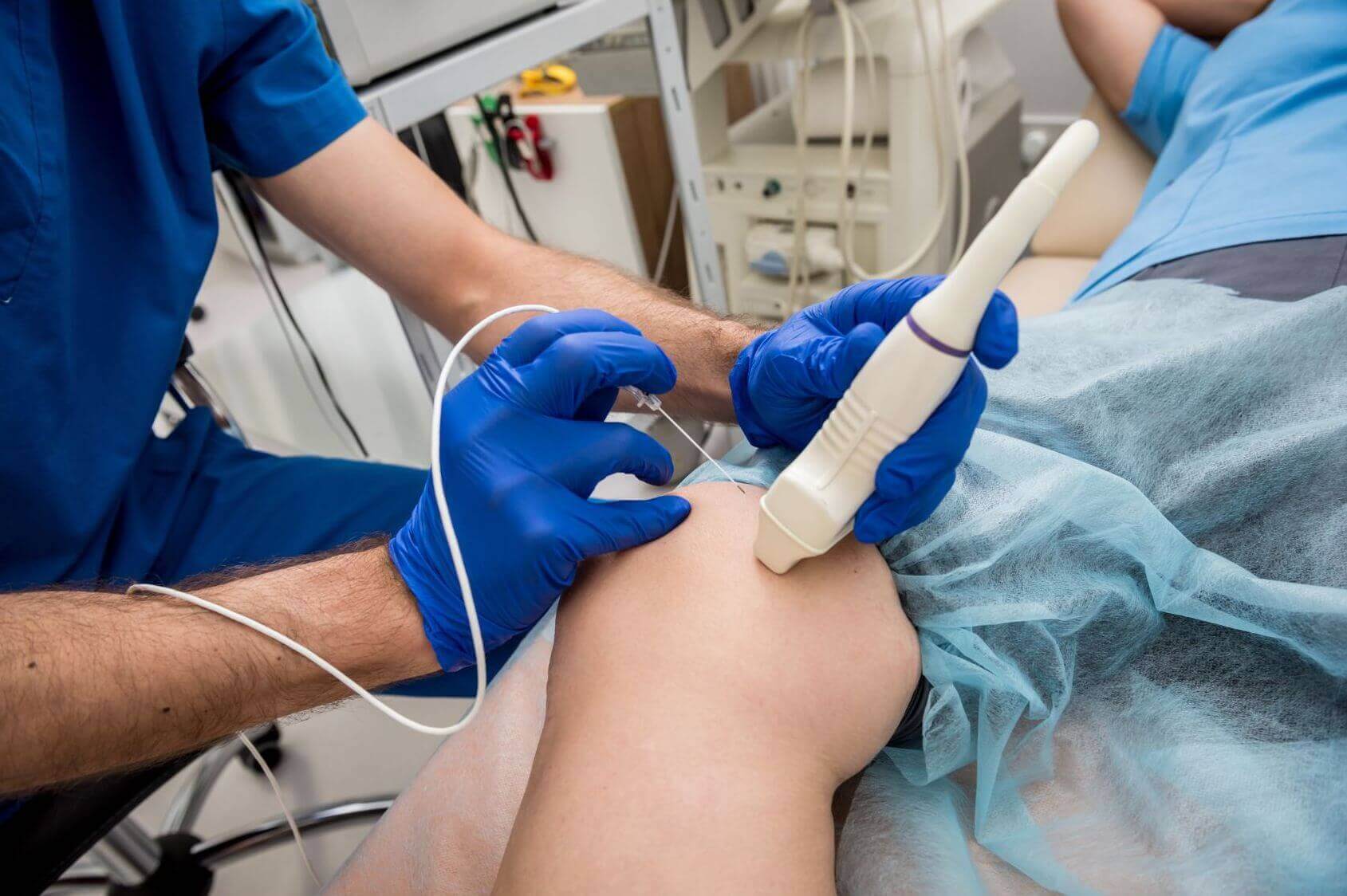
If your client doesn’t want their varicose veins removed, you could treat them with a laser; this treatment is known as endovenous laser ablation (EVLA) or endothermal ablation.
During this procedure, you will seal off the damaged vein. The damaged vein will either be the long saphenous vein (LSV) in the thigh or the short saphenous vein (SSV) at the back of the knee and calf.
Endothermal ablation is less painful than the traditional method of tying and stripping the veins. However, you can administer a local anaesthetic to reduce any discomfort your client may experience.
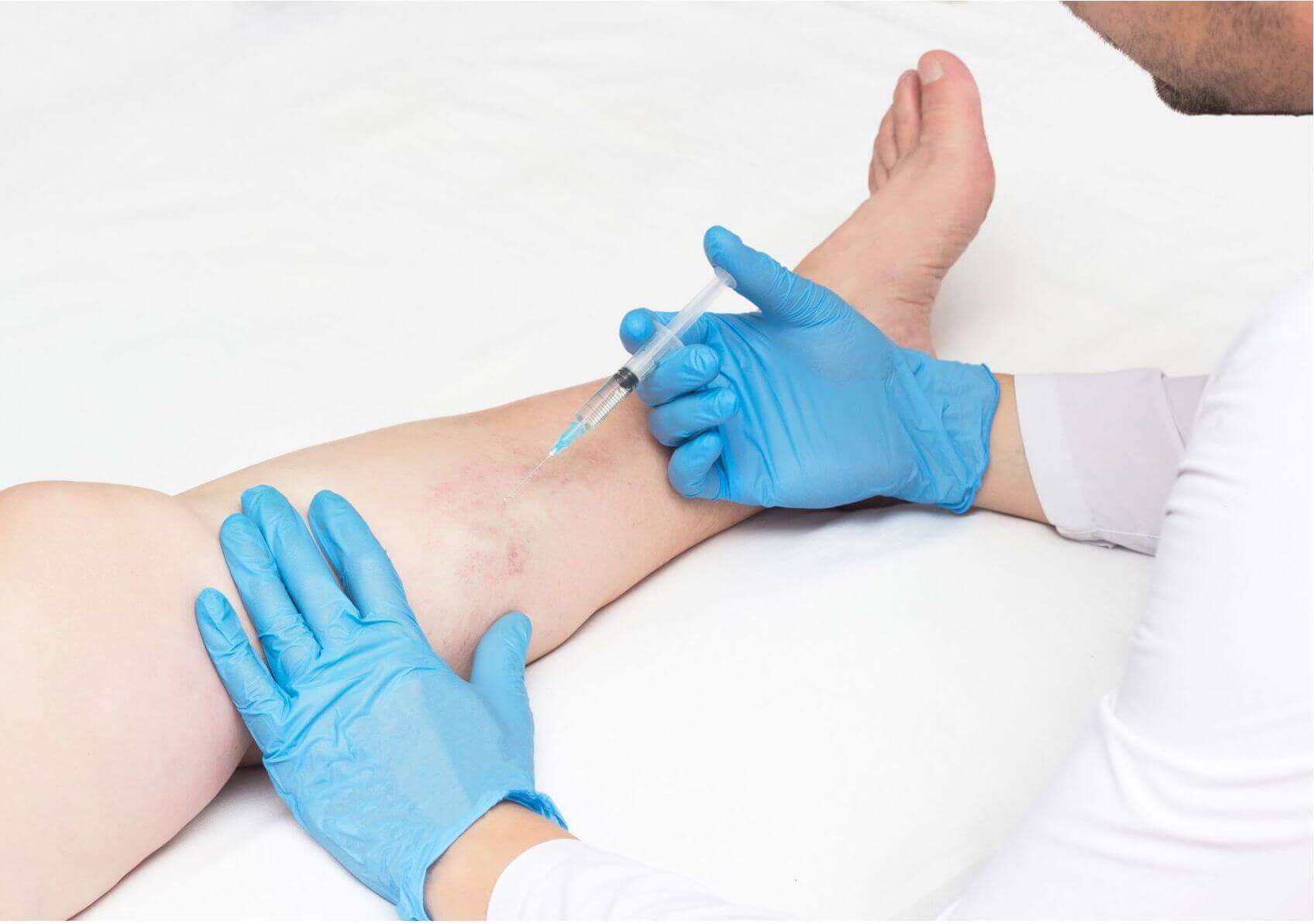
Your client may not like the idea of laser treatment, which is when you could offer them varicose vein sclerotherapy. However, this type of treatment may not suit your client if they have had deep vein thrombosis, so you should suggest an alternative treatment.
During sclerotherapy, you will inject foam into your client’s veins using a sclerotherapy needle or a specific type of aesthetic needle. This special foam is specially designed to scar their veins and seal them.
Again, you may require a local anaesthetic to numb the area you’re treating.
Your client must put on bandages/support stockings immediately after sclerotherapy and you should advise them to walk around for at least half an hour.
As mentioned, one treatment for varicose veins is tying the affected vein and removing it. This is known as ligation and stripping.
If your client wants this type of treatment, you will need to make two small incisions, one at the top and the other at the bottom of the damaged vein.
Then, you will tie the top of the vein, sealing it, before passing a wire through the bottom to strip it (remove it from your client’s body).
Your client’s healthy veins will replace the damaged vein’s role, restoring normal blood flow.
Ligation and stripping can cause your client significant pain and bruising, so you should use a local anaesthetic during the procedure.
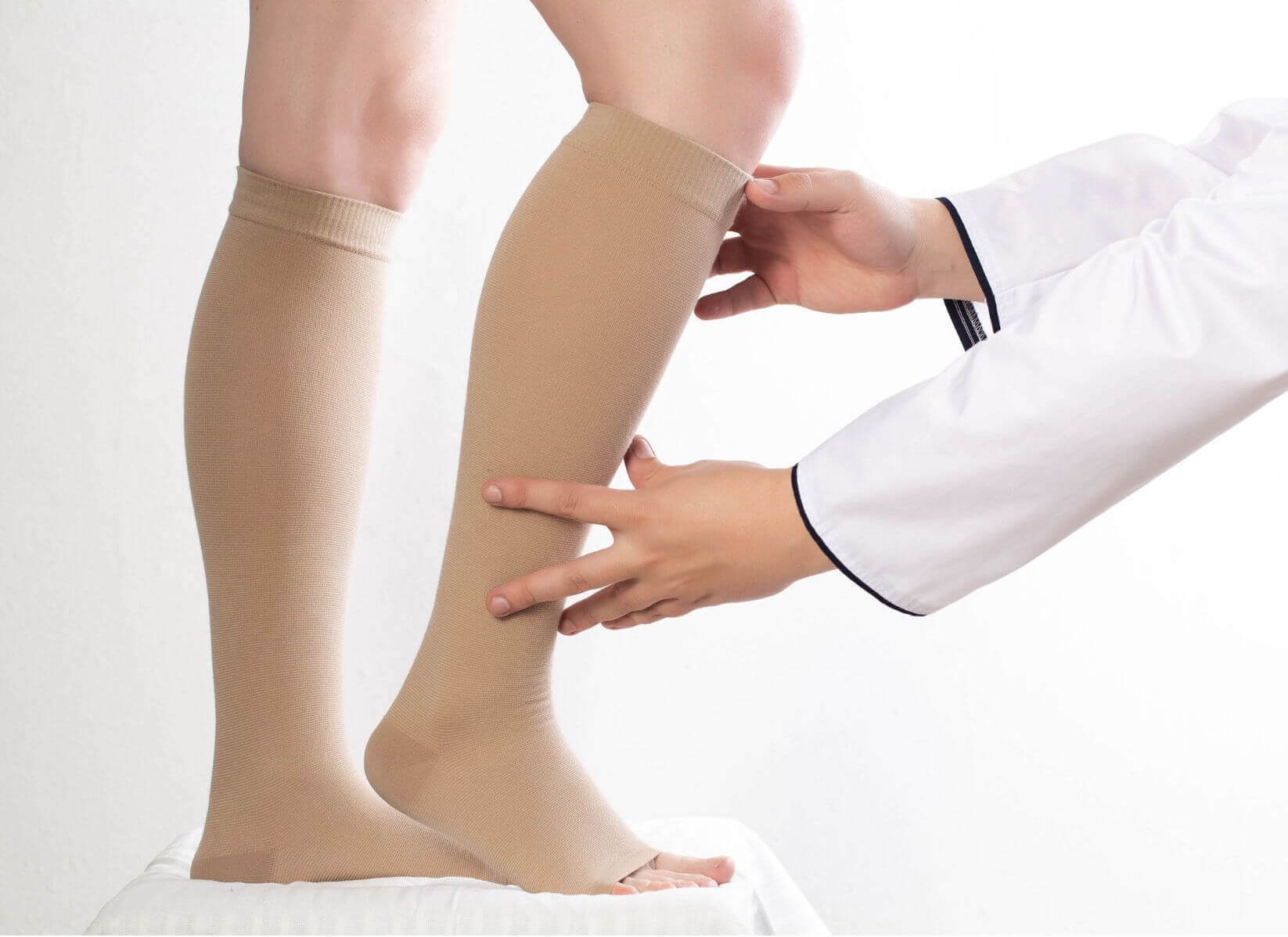
Whichever varicose vein treatment you give your client, they will typically need to wear compression stockings for some time afterwards.
Additionally, depending on your client’s symptoms, compression stockings may be enough on their own to reduce their discomfort without needing further treatment.
Compression stockings are a good choice for varicose veins for many reasons because they can:
However, compression/support stockings may not be suitable for everyone. Before recommending them to your client, you should ensure they have had a Doppler investigation to check their blood circulation.

If you want to offer your client a relatively new treatment for varicose veins, transilluminated powered phlebectomy is a good choice if their doctor thinks it is appropriate.
During this procedure, you will need to make two small incisions, then, to see which vein needs to be removed, place a light beneath the skin.
Next, you will cut the damaged vein and remove it using a suction device.
Since this is a new treatment for varicose veins, it is unknown how safe and effective it is, so your client will need to seek advice from their doctor first. Additionally, you should clearly explain the benefits and risks of the procedure so that your client can make an informed decision as to whether it’s right for them.
Now that you understand the various varicose vein treatments available, you can decide which you want to offer your clients.
If you want to improve your aesthetic practitioner or medical professional skills, Revolve Medicare offers aesthetics training, from courses on botox to mesotherapy.
Copyright by BZOTech Theme. All Rights Reserved.
WhatsApp us